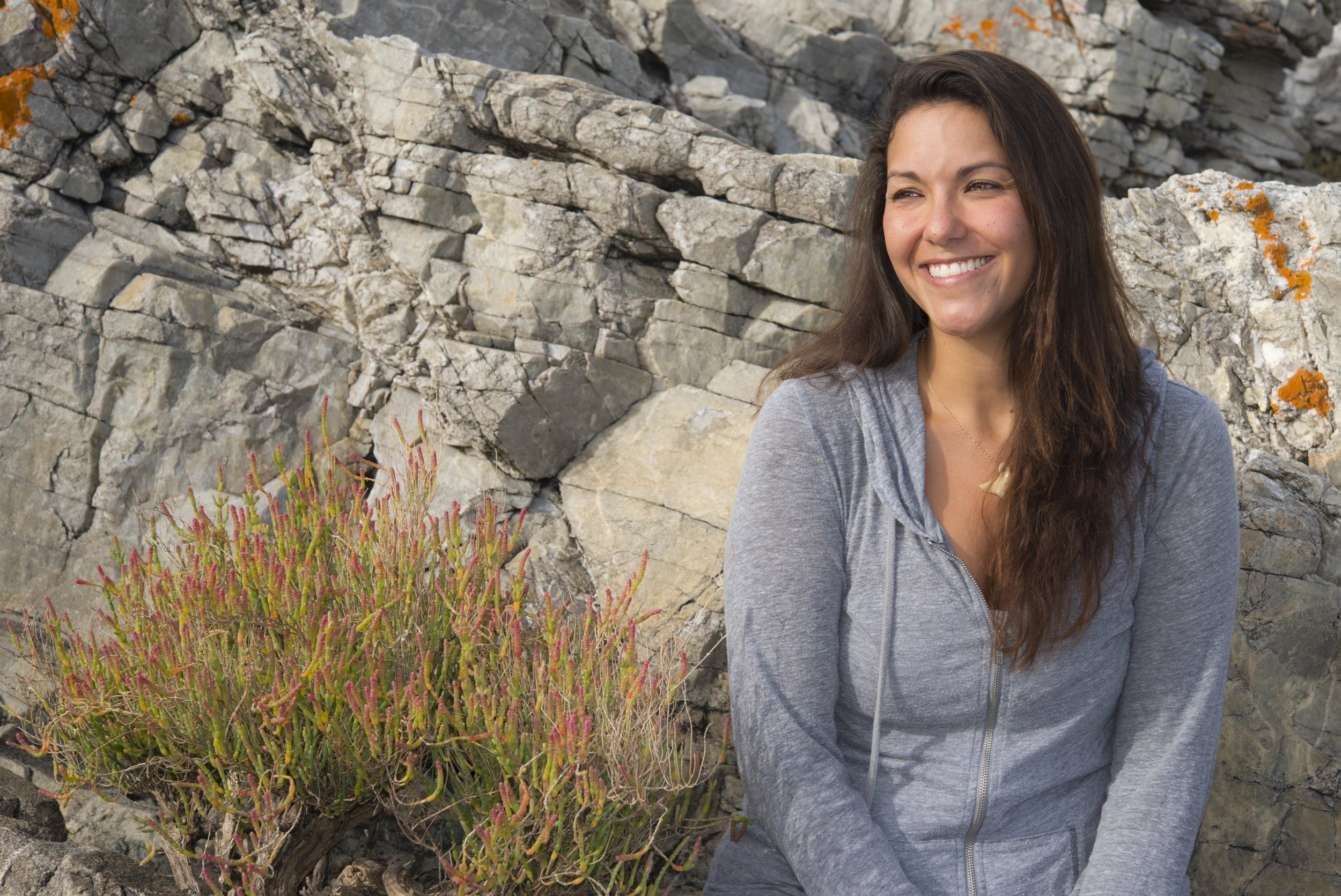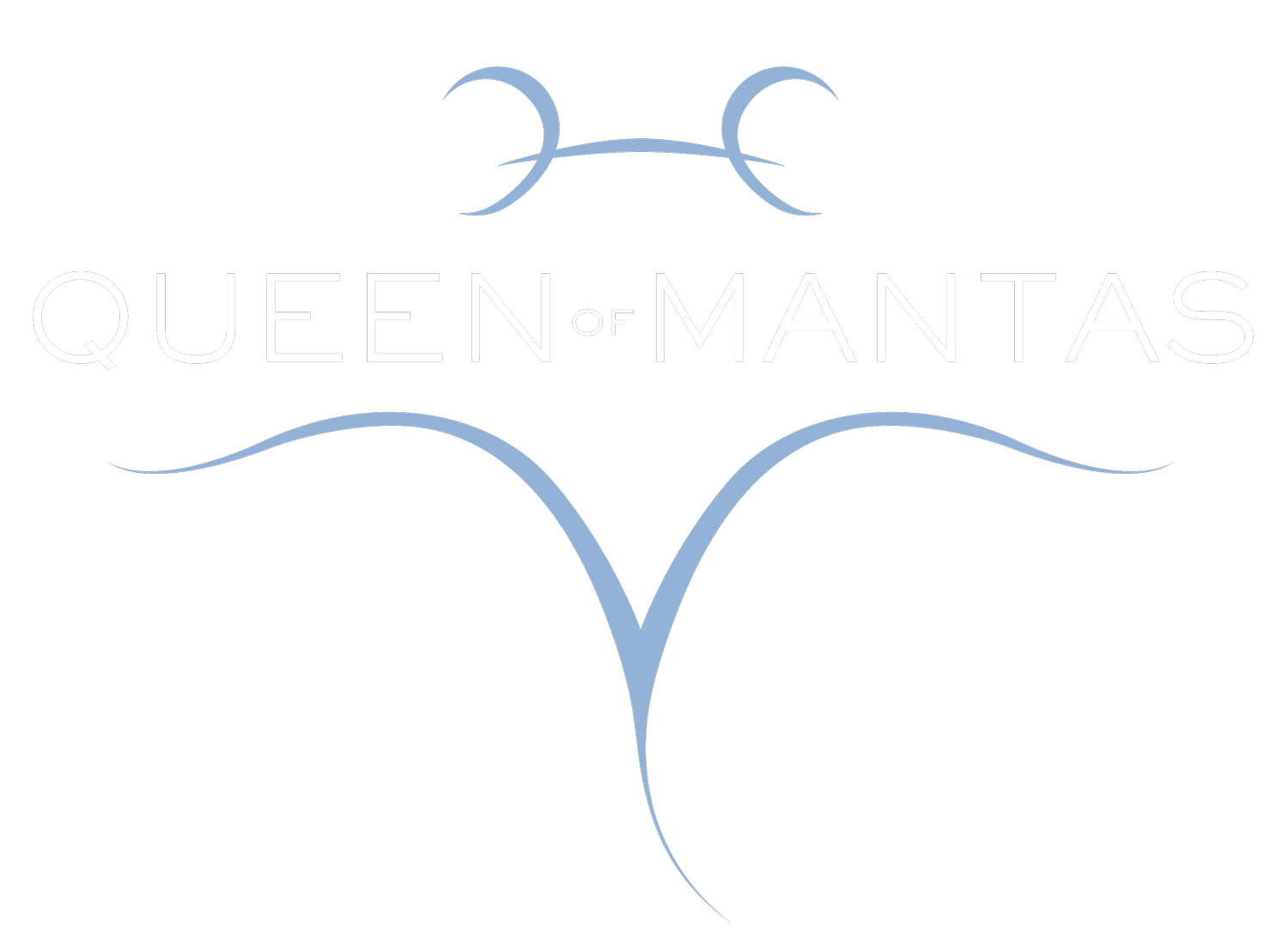
About
Dr Andrea Marshall
Educated in the United States and Australia, Andrea was the first person in the world to complete a PhD on manta rays. After completing her thesis in 2008, Andrea stayed on in Mozambique to spearhead marine conservation efforts along this remote coastline.
Together with her colleague Dr Simon Pierce, she founded the Marine Megafauna Foundation. Vowing to dedicate her life to the preservation and management of the manta ray population in southern Mozambique, Andrea still calls this coastline home.
Her passionate commitment to marine-related issues in eastern Africa helped to shape her goals as a conservation biologist. Now a global ambassador for manta rays, Andrea continues to pursue international conservation initiatives for manta rays and fight for the protection of marine megafauna worldwide.
Over the years Andrea has helped to amass some of the largest photographic databases and genetic libraries of manta rays in the world and has published countless seminal scientific papers. She helps to manage several long-running studies on manta rays across the globe and has served as an academic advisor to many post-graduate research students.
Aside from dramatically increasing the level of knowledge on manta rays themselves, Andrea’s discovery of a new giant oceanic species of manta ray in 2008- one of the largest new species descriptions in the last 50 years- was of pivotal importance to their conservation. Together with WildMe she launched Manta Matcher the first global online database for manta rays in 2012- an open-sourced, automated resource which pattern matches publicly contributed sighting records and catalogues them to bolster international research efforts.
Andrea and her collaborators continue to develop robust research programs aimed at better understanding these globally threatened rays. Her research findings have been used to help justify the listing of both species of manta rays on the appendices of the Convention on Migratory Species (CMS) and the Convention on the International Trade in Endangered Species (CITES). She has also worked tirelessly over her career as a volunteer for the IUCN’s Shark Specialist Group, updating the conservation status of manta rays and other species on the Red List of Endangered Species.
Two decades since she first began her work on mantas in Africa, Andrea continues to examine aspects of their taxonomy, biology, reproductive ecology, habitat use, migrations and social behaviour. She remains deeply committed to developing better management strategies for regional populations of these rays and their critical habitats.
A bona fide marine explorer, Andrea has logged over ten thousand dives around the world since she was certified on her 12th birthday. Three decades later Andrea was inducted into the Women’s Diver Hall of Fame for her significant contributions to marine conservation and for her pioneering exploration of the southern Mozambican coastline.
Over her 30-year dive career Andrea has traveled to the ends of the globe both as a scientist, researching sharks and rays, and also as a professional underwater photographer. She fell in love with photography at an early age when she was taken under the wing of marine cinematographer Tom Campbell. Years of mentoring deepened her appreciation of photography and prompted a lifelong affair with the art. She also began exploring the world of technical diving at a young age and found it to be useful for both research and photography.
Throughout the years she has used her technical diving background to push the limits of her research, in an effort to survey remote locations or study elusive species. Her research expeditions have taken her from Ecuador to Myanmar and seemingly everywhere in-between. She has traveled across five continents as a part of her ”Ray of Hope” expeditions as well- a business she runs with her husband and dive buddy.
Her extraordinary encounters and work with rare, elusive, or highly threatened species such as the smalleye stingray, dugong and wedgefish have earned her publications in scientific journals and popular magazines alike. Armed with her own camera and often accompanied by documentary crews, Andrea has introduced the world to a new frontier of African diving.
From the BBC’s award-winning documentary on her life, to cutting-edge virtual reality experiences like IMMOTION’s Flight of the Manta, to an upcoming feature in Netflix’s new ‘Our Oceans’ series, Andrea continues to use hard science and visually stunning media to capture the world’s attention and focus it towards the conservation of the Mozambican coastline.
In 2022 she was honored by Dr. Sylvia Earle and Mission Blue, as the champion of a newly declared “Hope Spot’ along the Inhambane Province, the coastline she has been working to protect for over 20 years. She vows over the course of her life to help turn this area into one of the most important protected seascapes in Africa- the marine equivalent of the Serengeti.
Said best in her own words, “The oceans still have so much to offer us, so many secrets to reveal. We must continue to embrace research, exploration, and conservation. I still marvel at how little we know about our great oceans. This sense of the unknown is what should drive us. It should inspire us. Now, more than at any other point in history, we have the distinct opportunity to become both the explorers and the ambassadors of this wondrous, liquid frontier.”
Andrea currently lives with her husband and fellow marine conservationist, Janneman Conradie and their young daughter in Vilanculos, Mozambique, where her Foundation’s regional headquarters are based.
Andrea was chosen as a National Geographic Emerging Explorer in 2013
She was inducted into the Women Diver Hall of Fame in 2023
Watch the BBC Natural World Documentary where she received her nickname: Andrea: Queen of Mantas
Watch Andrea speak about manta rays in her 2012 TED talk or on National Geographic Live
Become a part of the solution by uploading your photos of manta rays to: Manta Matcher
Show your support for Andrea’s research efforts by donating to her Manta Ray Research Program

